
Lot 66
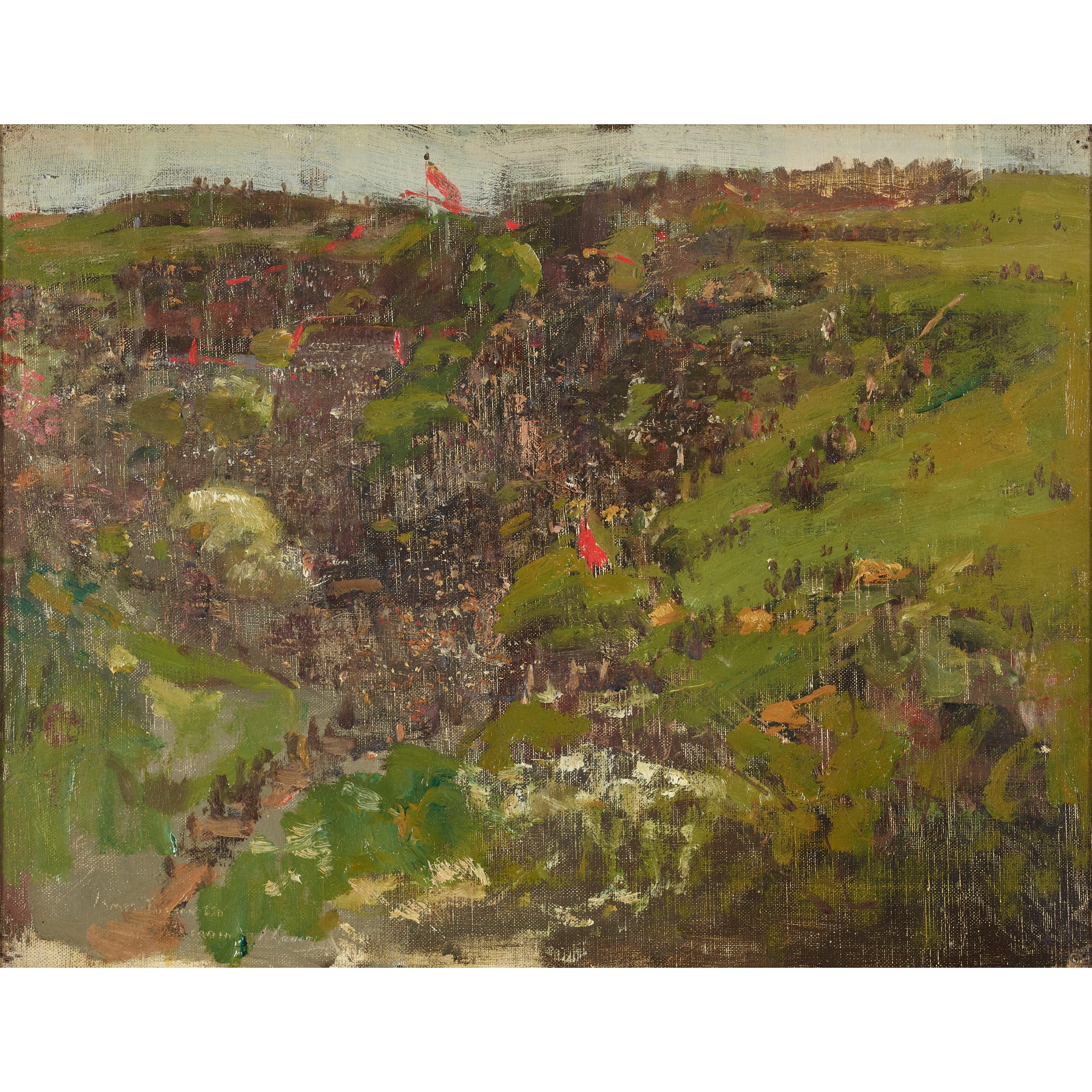
SIR JOHN LAVERY R.A., R.S.A., R.H.A., P.R.P., H.R.O.I., L.L.B. (IRISH 1856-1941)
THE GLEN CONCERT
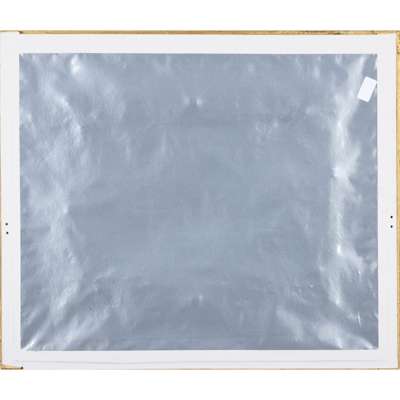
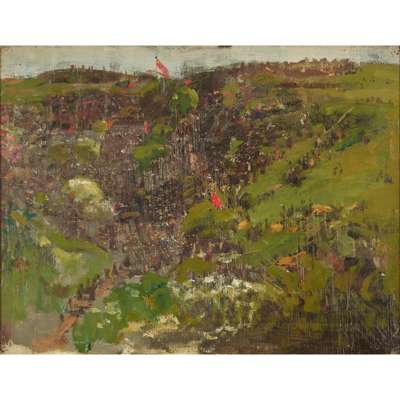
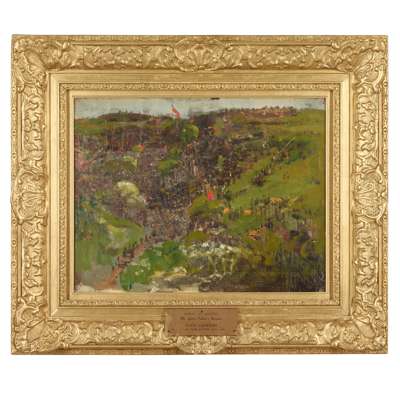


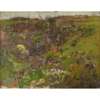
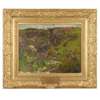

Auction: 26 September 2024 from 18:00 BST
Description
Signed and inscribed ‘James Fulton from J. Lavery’, oil on canvas
Dimensions
46cm x 36cm (18in x 14in)
Provenance
Fulton Bequest, 1933.
Footnote
Exhibited:
St Andrews, Crawford Art Centre, John Lavery: The Early Career, 1880-1895,1983, no.11;
Paisley, Paisley Museum & Art Galleries, A Paisley Legacy: The Paisley Art Institute Collection, 2015, no.44.
Literature:
McConkey, Kenneth, Sir John Lavery, Canongate Press, Edinburgh, 1993, p.42;
McConkey, Kenneth, John Lavery, A Painter and his World, Atelier Books, Edinburgh. 2010, pp.31 & 214.
Although essentially a private estate, the Fultons treated the Gleniffer braes to the south of the town as an area where all the people of Paisley could roam freely, with their backs to the symbols of toil. The perfect expression of this peaceful recreational haunt is Lavery’s A Summer Afternoon, 1886.
One annual occasion disrupted the natural harmony of the braes, replacing quiet reverie with hubbub and birdsong with a massed choir. The annual Glen Concerts, inaugurated in 1874, were established to raise money for good causes, and for the erection of statues to Robert Burns and the Paisley weaver poet, Robert Tannahill. Attendance was reckoned to average between 20,000 and 30,000, for whom a four-hundred-voice choir sang favourite Scottish airs. Lavery turned out for the event in 1887 and a photograph shows him working on what is probably the present canvas.
The Glen Concert is a work of great significance in the Lavery oeuvre. In the years to come he would frequently adopt the role of ‘man in the crowd’, to record a race meeting, bullfight, military parade, or busy Moroccan marketplace. In such situations he had the ability to shut out all distracting antics. Here, with its remarkable fluidity, in which grassy slopes are covered by hordes of spectators, enlivened by one or two tiny touches of vermillion banners, the green hillsides of the glen are cast into a remarkable relief. The mottled landscape is almost an exercise in abstraction as, undeterred by onlookers, Lavery’s formidable powers of concentration are on public display.
We are grateful to Professor Kenneth McConkey for writing this catalogue entry.








